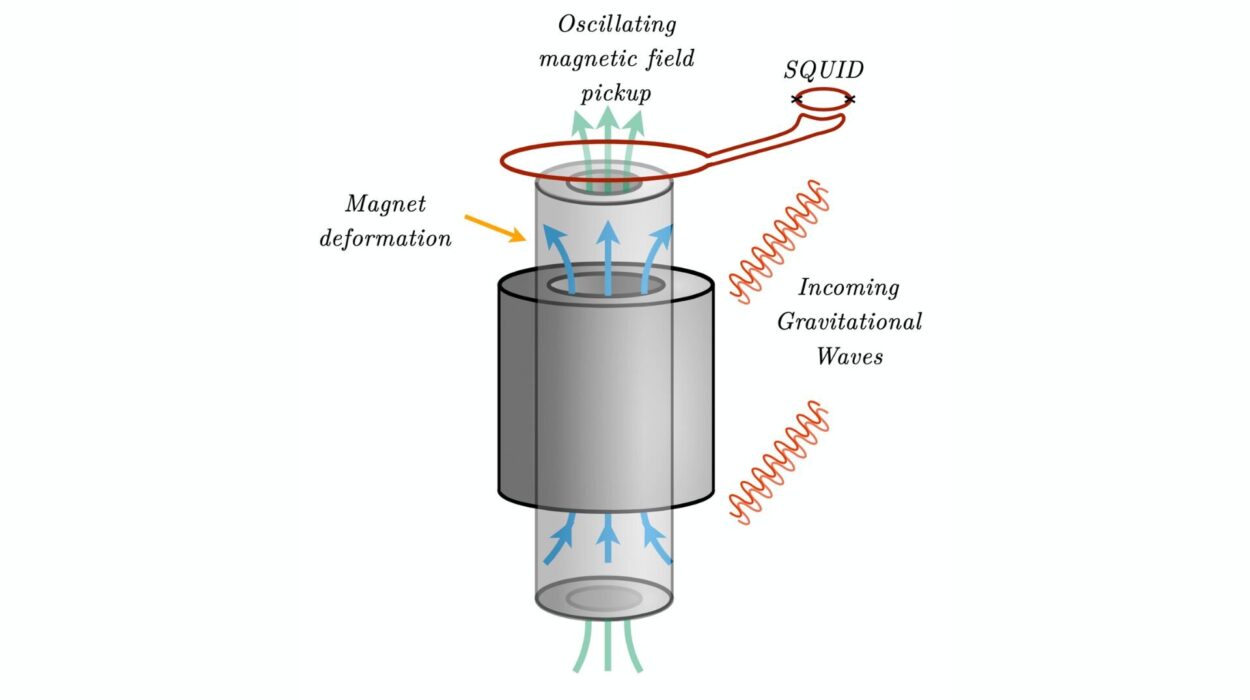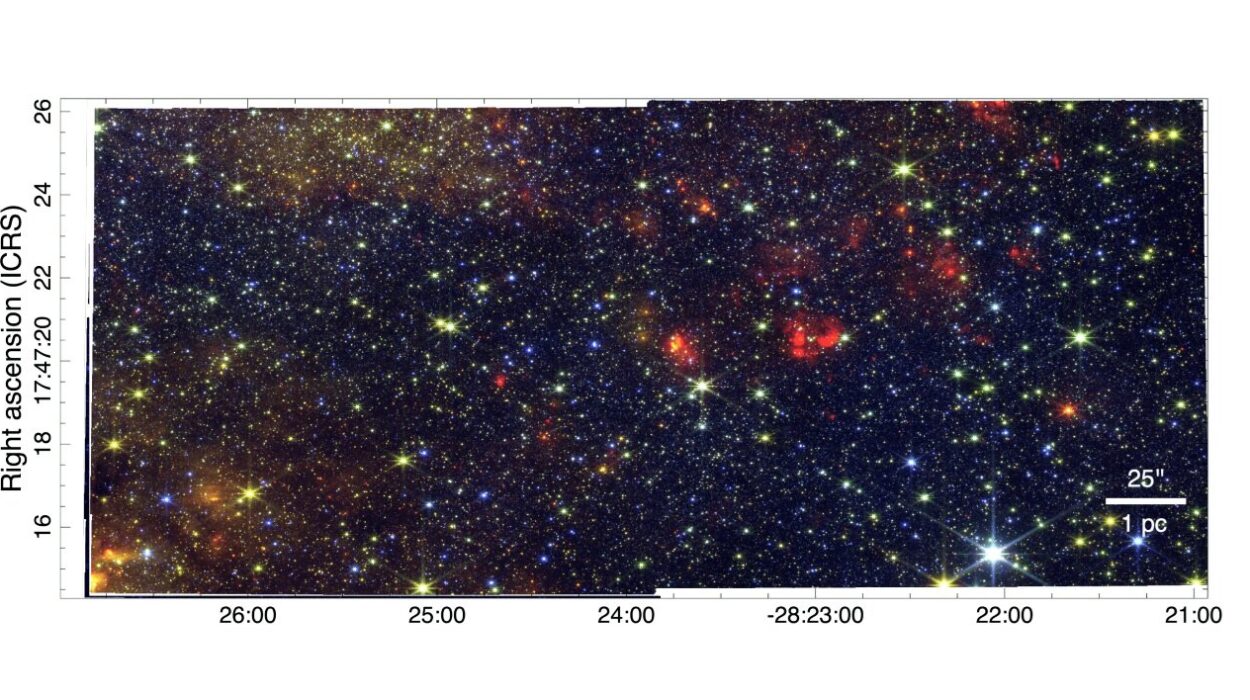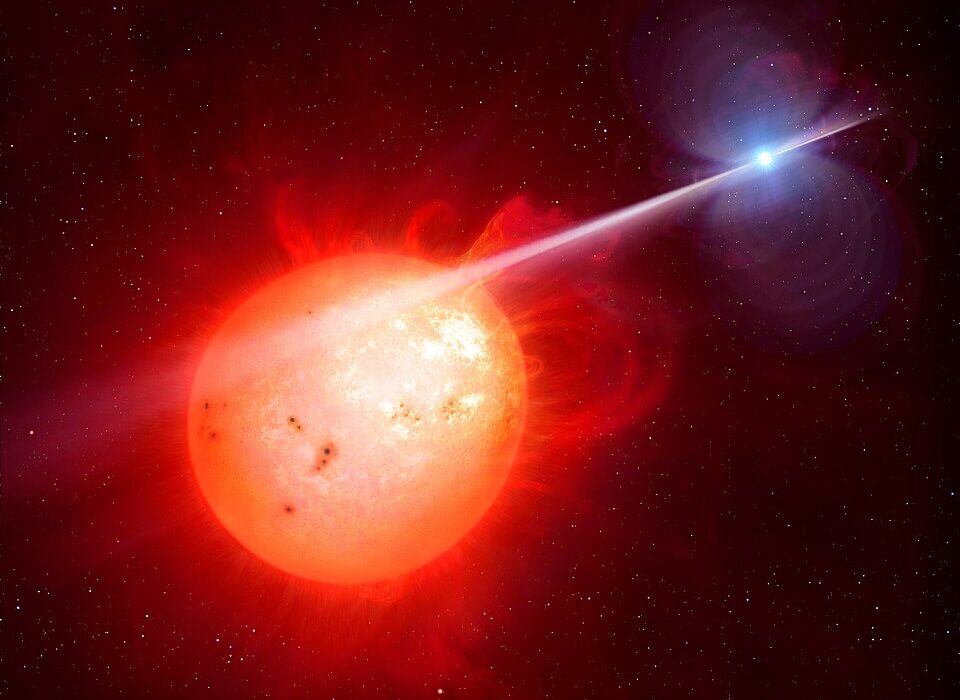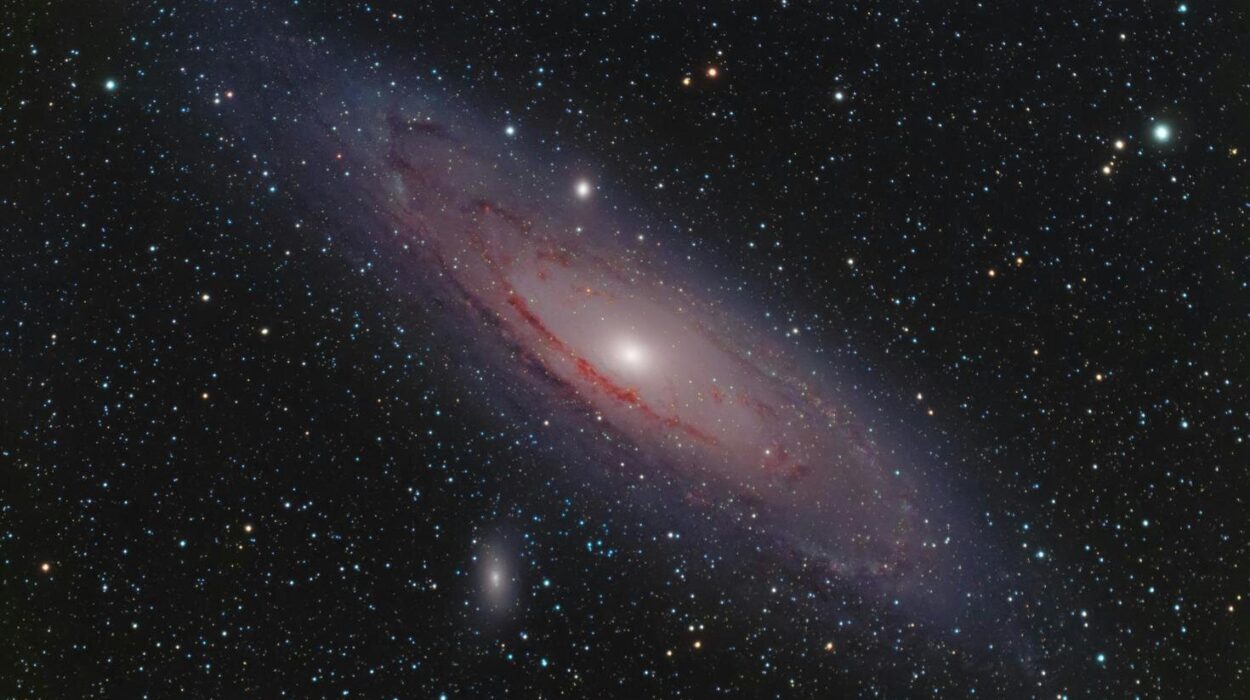It began with trees—silent witnesses to eons of planetary transformation. High in the French Alps, ancient tree remnants long entombed beneath glacial sediment began to tell a story no one expected. Encased in their very fibers was a sudden and extreme spike in radiocarbon—an anomaly so pronounced, it immediately caught the attention of atmospheric scientists and solar physicists.
This radiocarbon surge, precisely dated to the year 12,350 BC, predates even the dawn of the Holocene Epoch. The question wasn’t just what caused it, but how—how had the sun reached out to Earth with such violence at a time when glaciers still gripped much of the planet? The implications spanned not only across thousands of years, but into our modern understanding of space weather and the vulnerabilities of our civilization.
Thanks to a revolutionary climate-chemistry model known as SOCOL:14C-Ex, designed by postdoctoral researcher Kseniia Golubenko and Professor Ilya Usoskin at the University of Oulu in Finland, the event has now been confirmed as the most powerful solar particle storm ever detected in Earth’s history—a solar tantrum unmatched by anything recorded in human times. Over 14,300 years ago, during the Ice Age’s twilight, Earth endured a solar storm at least 500 times more intense than the largest such event of the satellite age.
The Storm That Shook the Sky
Solar particle storms are cosmic deluges, instances where the sun hurls a swarm of charged particles—primarily protons—toward Earth. Unlike solar flares or coronal mass ejections that merely bathe Earth in electromagnetic pulses and plasma clouds, these storms actually rain high-energy particles into our atmosphere, affecting chemical balances and bombarding our magnetic field.
The strongest modern analog, the 2005 solar particle event, sparked widespread concern among space agencies, but it now looks like a minor flicker when compared to the Ice Age leviathan. That ancient event was 500 times stronger—a level of intensity that would devastate satellites, disable power grids, and cripple aviation and communications systems if it occurred today.
At the heart of this new understanding is SOCOL:14C-Ex—a groundbreaking tool that simulates how solar particles interact with Earth’s atmosphere under Ice Age conditions. The “Ex” signifies its capacity to function beyond the relatively stable, warm conditions of the Holocene Epoch. With this model, scientists are no longer bound by the last 12,000 years; they can now explore deep time, when ice sheets towered kilometers high and climate systems operated under very different dynamics.
Modeling the Invisible Past
Dr. Golubenko and Professor Usoskin’s challenge was immense: how do you reconstruct an event that happened before agriculture, before written language, and even before modern Homo sapiens had settled across most of the globe? The answer lay in radiocarbon—specifically, its sudden abundance in the year 12,350 BC.
Radiocarbon (carbon-14 or 14C) is a radioactive isotope created when cosmic rays collide with atoms in Earth’s upper atmosphere. Normally, its production is relatively stable. However, during extreme solar particle storms, production rates can spike dramatically as high-energy protons from the sun slam into nitrogen atoms, producing an overload of 14C. Trees, with their annual growth rings, preserve this record like a ledger—marking each year with chemical precision.
Until now, our primary references for such spikes came from events in AD 775, AD 994, and several others as far back as 7176 BC. These are known as Miyake Events, named after Fusa Miyake, the Japanese physicist who first identified the AD 775 spike. Each one rewrote assumptions about solar behavior. But none could prepare scientists for what the wood of the Alps had hidden: a spike more than 18% stronger than AD 775, and outside the Holocene entirely.
The SOCOL:14C-Ex Revolution
To study this ancient cosmic assault, Golubenko and Usoskin turned to SOCOL:14C-Ex. SOCOL (Solar Climate Ozone Links) was originally built to explore how solar variability affects climate. With SOCOL:14C-Ex, they expanded it to model radiocarbon production under glacial climates—cold, unstable atmospheres with thicker ice caps, altered circulation, and a geomagnetic field quite different from today’s.
After rigorously validating the model using well-established Miyake Events, they applied it to the year 12,350 BC. The results were stunning: this storm wasn’t just a stronger version of AD 775—it was an entirely different beast, possibly associated with a superflare or hyperactive phase of the young sun.
This marked the first time that scientists were able to reconstruct a pre-Holocene solar particle event with high confidence. The implications for solar physics were immediate: our sun, usually portrayed as a relatively stable G-type star, may be capable of far more volatile behavior than previously believed.
What It Means for Earth’s Future
Solar particle storms are rare, but they pose one of the most underrated threats to modern civilization. Unlike hurricanes or earthquakes, they arrive with little warning and can simultaneously affect the entire planet. The 1859 Carrington Event—the strongest geomagnetic storm in recorded history—caused telegraph systems to spark and fail, even in regions not connected by wires. But even Carrington was not accompanied by an intense solar particle storm. The 12,350 BC event would have dwarfed it.
If such an event were to strike Earth today, it could cause trillions of dollars in damage. Satellites would be knocked offline. Power grids could collapse. Communications systems would fail. Even airplanes flying over polar regions might face lethal radiation levels. The 2005 event already caused the re-routing of commercial aircraft and disrupted GPS. A 500-times-stronger storm would be catastrophic.
Understanding these ancient outbursts provides a necessary baseline for the worst-case scenario. It’s a warning from the past: the sun’s quiet glow is not a guarantee of safety.
Expanding the Radiocarbon Calendar
Beyond solar physics, this discovery revolutionizes radiocarbon dating. Extreme spikes in 14C serve as precise timestamps. When archaeologists find wood or charcoal with such a spike, they can assign it an exact calendar year. This has already enabled the accurate dating of Viking settlements in Newfoundland and early Neolithic societies in Europe.
Until now, however, this level of precision was limited to the Holocene. SOCOL:14C-Ex changes that. Researchers can now match glacial-era samples with precise years, improving timelines for everything from prehistoric climate transitions to human migrations and megafauna extinctions. The new model lifts a fundamental barrier in deep-time archaeology.
Golubenko emphasizes this breakthrough: “Our new model lifts the existing limitation to the Holocene and extends our ability to analyze radiocarbon data even for glacial climate conditions.”
Solar Clues from a Distant Past
Interestingly, this colossal storm may also provide clues about Earth’s magnetic field in the Ice Age. The strength and orientation of Earth’s magnetic field affect how many solar particles reach the atmosphere. A weaker or shifting magnetic field can allow more particles to penetrate, amplifying the effects of solar storms.
At the time of the 12,350 BC event, Earth’s magnetic field may have been in a transitional state, offering less protection than it does today. The SOCOL:14C-Ex model can account for such variations, offering insights not only into solar activity but into Earth’s own magnetic dynamics.
The synergy between solar physics and geophysics becomes clear: to understand the history of the sun, we must also understand the evolving shield that is Earth’s magnetic field.
A Multinational Collaboration Across Time
The research was not confined to Finland. It involved scientists from France and Switzerland, led by Professor Edouard Bard from CEREGE (European Centre for Research and Teaching in Environmental Geosciences) in France. Their combined expertise in geochronology, atmospheric modeling, and cosmic physics enabled a reconstruction of a phenomenon that might have once set the skies alight over Ice Age Europe.
Wood samples found in the French Alps—dating back over 14,300 years—offered the physical evidence. The SOCOL:14C-Ex model, backed by climate physics, brought it to life. Together, they bridged a gap of millennia, uniting data and simulation to recreate one of the most powerful solar events Earth has ever known.
Lessons from the Sun’s Past for Earth’s Future
This discovery is more than a scientific curiosity. It challenges assumptions about solar behavior, reshapes how we interpret ancient radiocarbon spikes, and alerts us to the vulnerabilities of our modern technological world.
Today, we live in a world dependent on electronics, satellites, and global connectivity. Yet we are exposed—deeply so—to cosmic forces that we barely understand. The sun, placid and essential, hides a volatile nature that occasionally erupts with terrifying force.
Golubenko underscores this reality: “Understanding its scale is critical for evaluating the risks posed by future solar storms to modern infrastructure like satellites, power grids, and communication systems.”
Toward a New Science of Space Climate
The study of space weather—once a niche field—has now become a cornerstone of planetary safety. Just as meteorologists forecast hurricanes and seismologists monitor earthquakes, space climatologists are beginning to chart the stormy moods of our nearest star.
Miyake events, the rare spikes in radiocarbon that hint at past solar tantrums, are now key markers in this effort. Each one recalibrates our sense of possibility, extending the boundaries of known solar behavior. The 12,350 BC event is now the new benchmark—the most extreme event known, the cosmic red line we must not ignore.
SOCOL:14C-Ex, and the work of Golubenko, Usoskin, and their colleagues, represents a turning point. We now have a tool for exploring the solar system’s weather from deep in Earth’s past—and for predicting its consequences far into our future.
Conclusion: A Cosmic Alarm Echoing Through Time
More than 14,000 years ago, as mammoths still roamed the steppes and glaciers slowly withdrew from the continents, the sun unleashed a storm so powerful that its signature is still etched into the carbon of ancient trees. Today, through the lens of cutting-edge science, we have deciphered its message.
It is not merely a tale of ancient skies, but a wake-up call—reminding us that in our age of digital dependence, we remain at the mercy of the oldest force in the sky.
The sun giveth life. And, on rare occasions, it roars.
Reference: Kseniia Golubenko et al, New SOCOL:14C-Ex model reveals that the Late-Glacial radiocarbon spike in 12350 BC was caused by the record-strong extreme solar storm, Earth and Planetary Science Letters (2025). DOI: 10.1016/j.epsl.2025.119383






